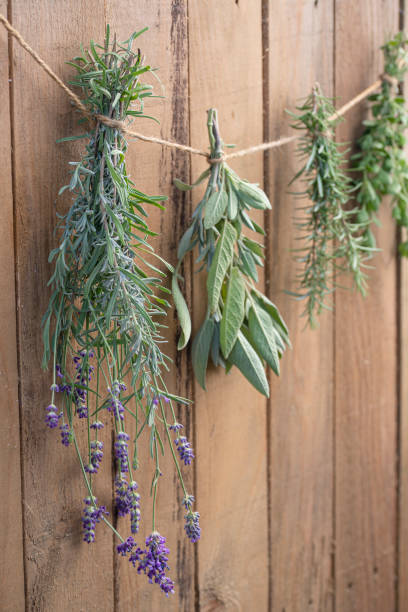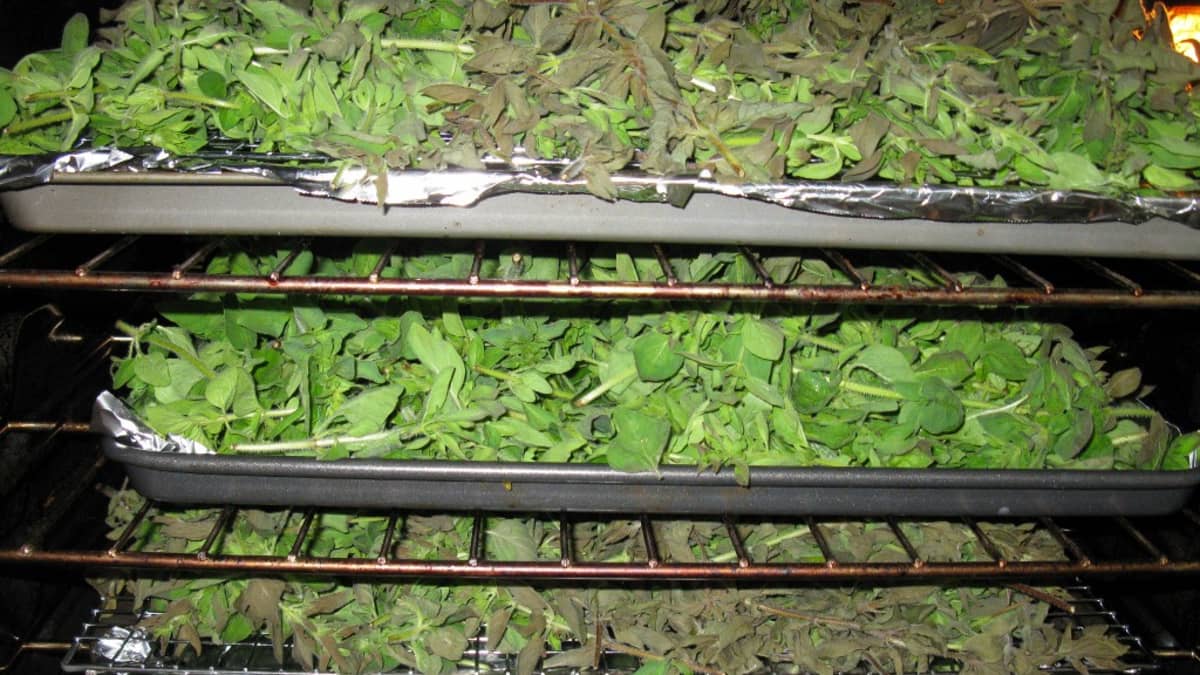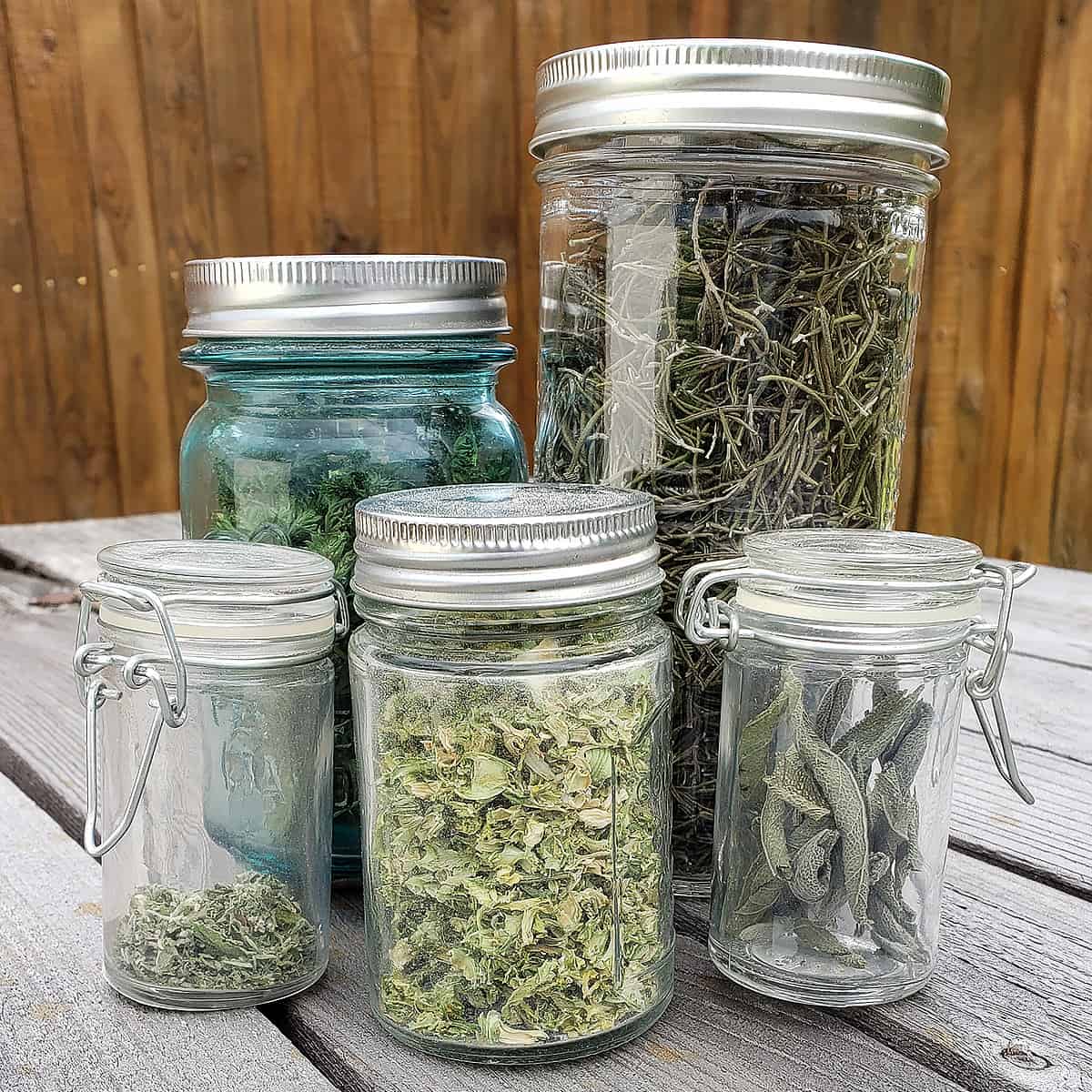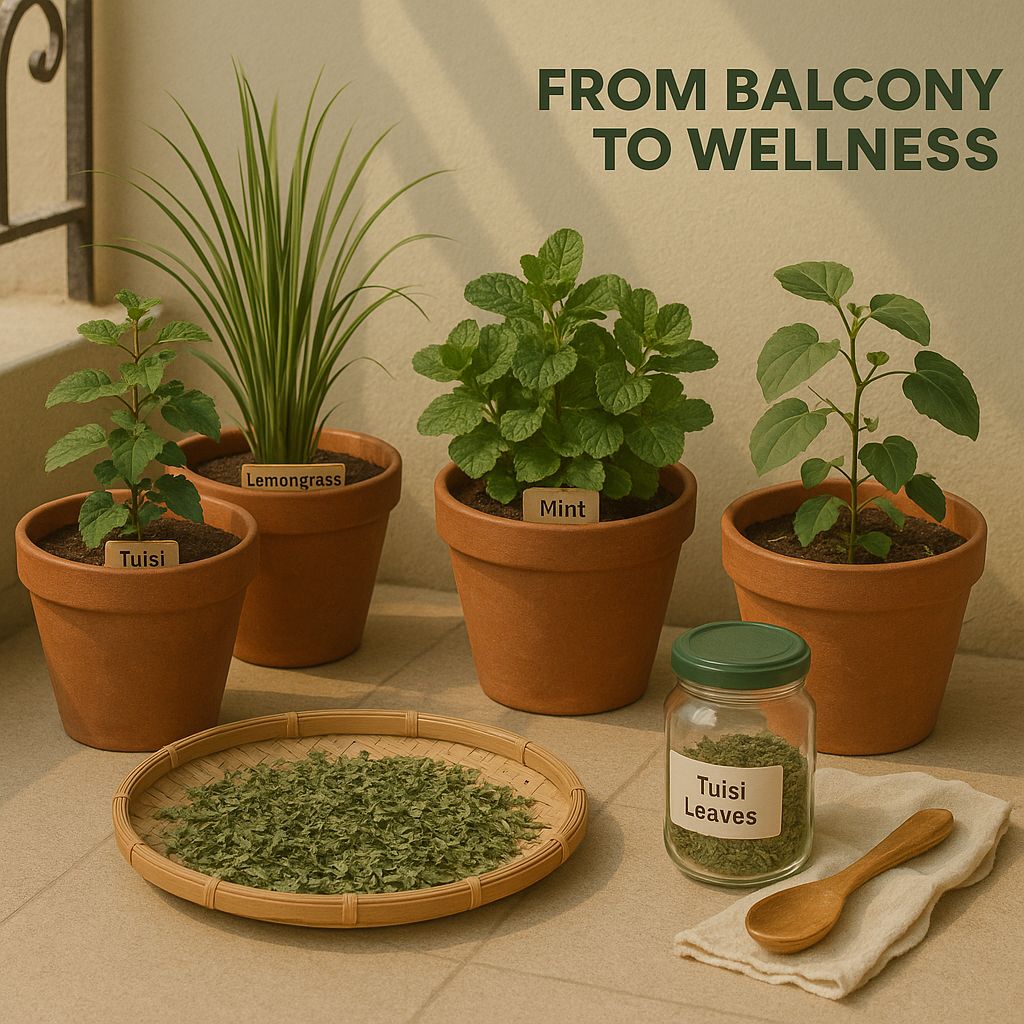🌿 From Balcony to Wellness: How to Dry and Store Herbal Plants at Home
In the fast-paced rhythm of urban life, growing a herbal garden on your balcony is a quiet act of self-care. But the journey doesn’t end when you pluck those fresh mint leaves or harvest your lemongrass. To truly embrace holistic wellness, you need to know what comes next: drying and storing herbs the right way—to preserve their aroma, flavor, and medicinal properties for months.
Whether you're growing Tulsi to sip in your tea or Brahmi for memory-boosting blends, this guide will take you step-by-step through the best methods to transform your balcony garden into a wellness storehouse.
🌱 Why Drying & Storing Herbs Matters
Fresh herbs are wonderful, but they don’t last forever. Drying helps preserve their active compounds, making them last for months without losing potency. When stored properly, dried herbs can be:
-
Brewed into immunity-boosting teas
-
Ground into herbal powders for skincare
-
Mixed into kadhas, soups, or spice blends
-
Gifted as thoughtful, homegrown presents
Best of all, they keep your wellness journey going—even in seasons when fresh harvest is limited.
🍃 Which Herbs Are Ideal for Drying?
Before diving into drying techniques, it’s essential to know which plants lend themselves best to storage. Some common, effective, and balcony-friendly herbs include:
-
Tulsi (Holy Basil) – Great for teas and home remedies
-
Lemongrass – Ideal for stress-relief tea blends
-
Mint (Pudina) – Useful in chutneys and detox water
-
Ajwain Leaves (Carom Leaf) – Excellent for digestion
-
Curry Leaves – Long-lasting flavor and hair health booster
-
Brahmi – Supports memory and calmness
-
Rosemary – Culinary and aromatic uses
-
Moringa Leaves – High in nutrients, perfect for powders
-
Giloy Stems – For decoctions and immunity blends
-
Neem Leaves – For detox, skincare, and insect repellents
🔗 Looking to expand your herbal variety? Explore more at Herbal & Medicinal Plants
🌞 When to Harvest for Best Results
Timing your harvest is crucial. Pick herbs in the morning just after the dew evaporates but before the sun gets too strong. This preserves the natural oils, flavor, and aroma.
✅ Always harvest mature leaves or stems—not too young, not too woody.
✅ Avoid flowering herbs unless flowers are the usable part (e.g., chamomile).
✅ Clean the leaves gently with water and pat dry before drying.
🌿 Top Drying Methods for Herbs at Home
Let’s explore the most effective, beginner-friendly drying techniques you can easily try on your balcony or indoors:
1. Air Drying (Traditional and Easy)

Perfect for herbs like Tulsi, Mint, and Rosemary.
Steps:
-
Tie small bunches together using string or jute twine
-
Hang them upside down in a well-ventilated, shaded area
-
Ensure there’s no moisture or direct sunlight
-
Let them dry for 7–10 days (check crispness)
Tip: Cover bunches with a paper bag with holes to prevent dust and maintain airflow.
2. Tray Drying / Flat Drying
Best for individual leaves like Brahmi, Curry Leaves, or Neem.
Steps:
-
Spread leaves in a single layer over a mesh or tray
-
Place in a warm, dry, shaded area
-
Flip every 2–3 days
-
Takes about 5–8 days for complete drying
Pro Tip: Use bamboo trays or a mesh sieve for faster airflow.
3. Oven Drying (Quick but Careful)

If you’re short on time, use your oven—but with low heat to preserve medicinal value.
Steps:
-
Preheat oven to the lowest setting (not more than 60°C)
-
Place herbs on a baking tray lined with parchment
-
Keep oven door slightly open to release moisture
-
Monitor every 15 minutes until crispy and dry
Warning: Never use a microwave—herbs may lose aroma and potency.
4. Dehydrator Method (Advanced/Optional)

For serious herbalists, a dehydrator offers uniform, efficient drying.
Steps:
-
Place clean, dry herbs on dehydrator trays
-
Set temperature between 35–45°C
-
Run for 4–8 hours depending on herb thickness
🔗 Want to get started? Find beginner-friendly options in our Gardening Tools
🫙 How to Store Dried Herbs for Long-Term Use

Drying is only half the battle—storage is what keeps the herbs potent. Follow these practices for maximum shelf life and impact:
✅ Containers
-
Use airtight glass jars (preferably amber or green) to block light
-
Avoid plastic—can react with herbs and reduce potency
-
Label each jar with herb name and drying date
✅ Placement
-
Store in a cool, dark place away from sunlight and humidity
-
A kitchen cabinet or pantry works best
✅ Shelf Life
-
Leaves (Mint, Tulsi): 6–9 months
-
Roots/Stems (Giloy, Lemongrass): up to 12 months
-
Powders (Moringa, Brahmi): 4–6 months
Pro Tip: Check regularly for signs of mold, loss of color, or fading aroma—time to replace!
💡 How to Use Your Dried Herbs (Everyday Ideas)
Dried herbs are versatile! Here’s how to use your home-harvested stash:
-
Tulsi Tea: Steep 1 tsp of dried leaves in hot water for 5 minutes
-
Herbal Steam: Mix dried neem + lemongrass for respiratory relief
-
Skincare: Blend dried Brahmi or Neem powder into DIY face masks
-
Detox Water: Add dried mint and ajwain to a water jug overnight
-
Hair Pack: Mix curry leaf powder with coconut oil and apply
🔗 Shop more immunity-rich greens in our Medicinal Plants
🪴 Why Every Balcony Gardener Should Store Herbs
Drying and storing herbs turns your garden into a year-round wellness resource. It allows you to:
-
Reduce waste from excess harvest
-
Be self-reliant in emergencies or off-seasons
-
Create custom home remedies for family needs
-
Avoid preservatives, chemicals, or artificial flavors
-
Prepare herbal gifts for festivals and celebrations
It’s more than storage—it’s empowerment.
📦 Paudhewale Makes It Easy to Start
At Paudhewale, we believe in making green living easy, efficient, and beautiful.
-
✅ Curated herbal plant bundles for balcony gardeners
-
✅ Step-by-step care and harvesting guides
-
✅ Eco-friendly packaging
-
✅ Pan-India shipping from verified sellers
Whether you're growing Tulsi for your morning tea or Lemongrass for a relaxing bath, your herbs are best used when dried, stored, and loved the right way.
📌 Final Thoughts
There’s a certain magic in drying your homegrown herbs and storing them for wellness. It’s a process that bridges your green hobby with everyday health. Each jar becomes a symbol of self-sustainability—of mindful choices and intentional living.
From balcony pots to airtight jars, you’re not just growing herbs. You’re cultivating resilience, care, and a connection with nature that lasts long after the leaves are picked.
Grow. Dry. Store. Heal. Naturally.

